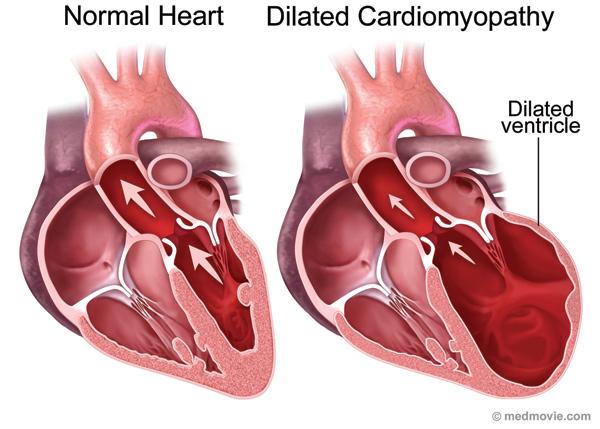Last weekend we saw how doctors were using 3D printing to help them better understand heart issues, which were related to specific patients, prior to them operating. This week we got word of a new application for 3D 
A team of doctors, led by Igor Efimov, PhD, at the School of Engineering & Applied Science at Washington University in St. Louis, have used an inexpensive 3D printer, one like those you would see in the homes of hobbyists, to create a device which may lead to major advances within the predictive cardiac medical field. The team of doctors, biomedical engineers, and material scientists
have printed out 3D membrane made from an elastic silicon material, that is customized to fit the exact shape of the outer membrane of the human heart. They then printed tiny sensors into the material, which will allow them to monitor a variety of important data points within a patient’s heart. This information includes temperature of the heart, ph, and strain. The sensors also have the ability to send out small shocks of electricity in order to fix an arrythmia. The findings of the team were published this morning in Nature Communication.
“Each heart is a different shape, and current devices are one-size-fits-all and don’t at all conform to the geometry of a patient’s heart. With this application, we image the patient’s heart through MRI or CT scan, then computationally extract the image to build a 3D model that we can print on a 3D printer,” said Efimov, the Lucy & Stanley Lopata Distinguished Professor of Biomedical Engineering.
This new 3D printed membrane promises to help doctors treat a variety of cardiac disorders, including diseases in the ventricles in the lower chambers of the heart, as well as artrial fibrillation, and a variety of less common ailments.
“This is just the beginning, Previous devices have shown huge promise and have saved millions of lives. Now we can take the next step and tackle some arrhythmia issues that we don’t know how to treat,” said Efimov.
As different verticals in advanced technology merge, including 3D printing, the exponential progress within several health fields should itself become exponential, leading to a rapid development of new life saving technologies across many fields. Discuss this medical discovery at 3DPrintBoard.
